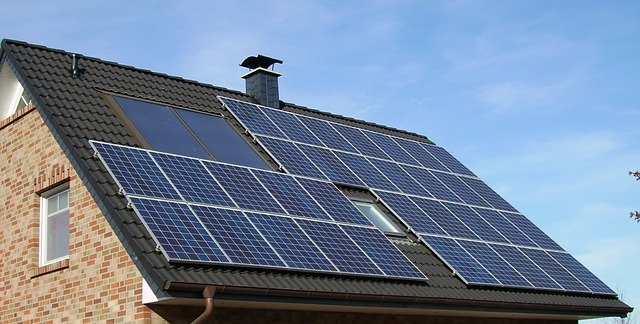
Solar energy in the US has increased fast in the last 10 years. In 2014, the annual installed capacity reached 6,201 MW, more than 100 times of that in 2004.
When asked which sources are the most important to the US’s energy future, Americans overwhelmingly chose solar and wind over coal, natural gas, and nuclear, according to a recent survey.
However, several barriers prevent individuals using residential solar. First, many people in urban areas rent or live in multi-family households, where they cannot put solar on their roof.
Second, the interconnection process increases the cost of solar power. Third, solar services vary from state to state, and sometimes utility to utility, which make it hard for customers to choose.
In a recent paper published in The Electricity Journal, researchers introduced a novel method that can solve the problem – Community shared solar.
Community shared solar (or shared solar) refers to a photovoltaic (PV) system that can provide power and financial benefits to many community members.
PV system is best known as a method for generating electric power by using solar cells to convert energy from the sun into a flow of electrons.
Shared solar can satisfy customers’ demand for clean energy and develop large centralized renewable energy systems. This may improve the overall grid power quality.
In addition, shared solar can attract lots of customers and help reduce pollutant emissions and greenhouse emissions. It can also reduce the use of water and coal.
So how can individuals use shared solar? Researchers listed three ways. First, individuals can buy a solar panel or a portion of a panel and get a proportional share.
Second, they can rent a panel in a time period and use the solar. Third, they can come together and each pay a part of the project cost and receive a proportional share.
Currently, shared solar is still in an early stage, with only about 100 projects on the ground. Many investors have little expertise in renewable energy, and they feel that building and running the program is a challenge. In addition, the existing shared solar systems are often small (< 1 MV).
Researchers suggest that to promote shared solar program, project benefits must be attractive to customers and developers.
People need recommended guidance to build a shared solar project. For low and moderate income households, this is particularly important. In addition, how to operate the payment of shared solar is a challenge that needs to overcome.
Despite these barriers, the shared solar market is growing very fast. Future work will focus on designing new structures and programs, reducing cost, and increasing participation.
Copyright © 2018 Knowridge Science Report. All rights reserved.



